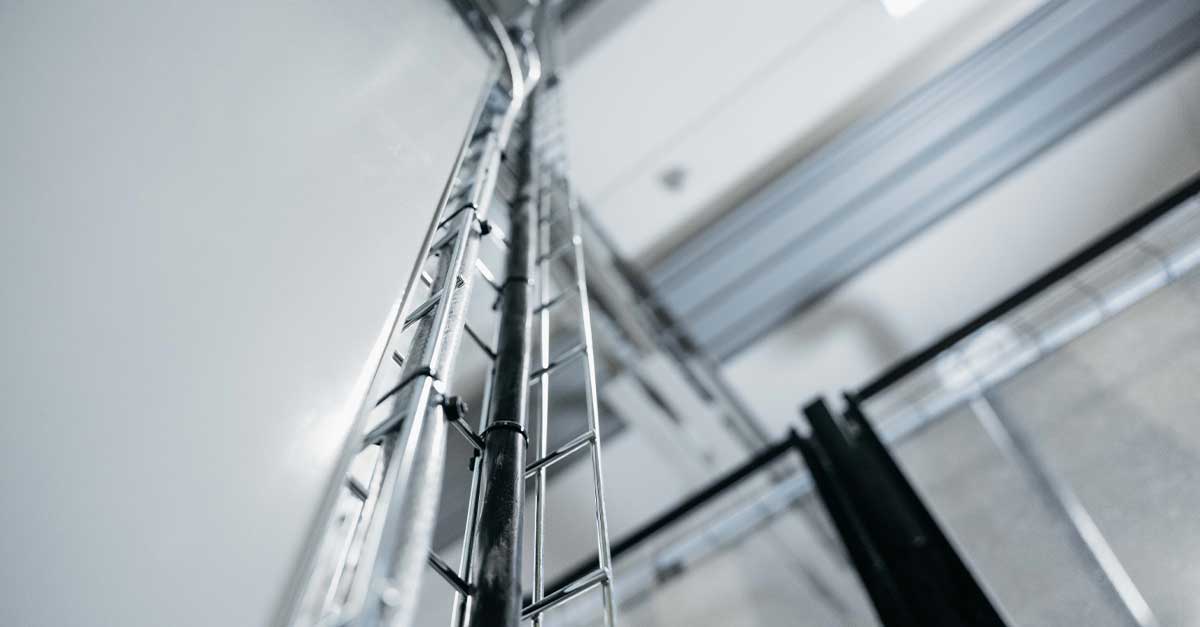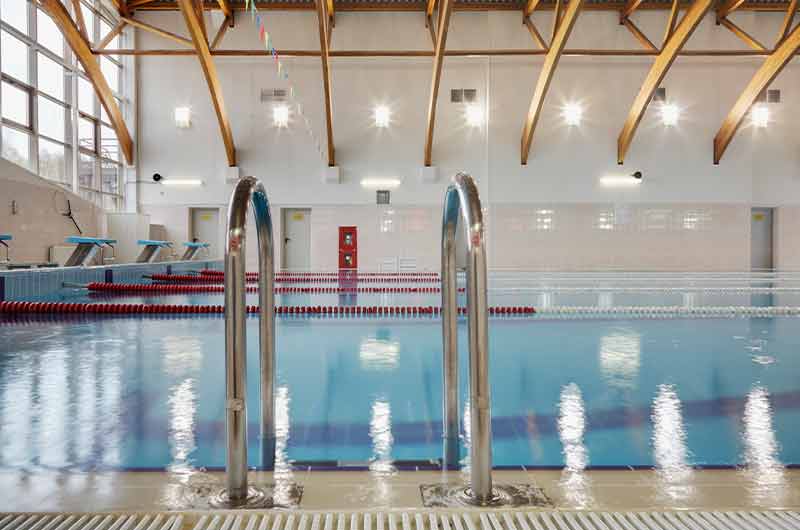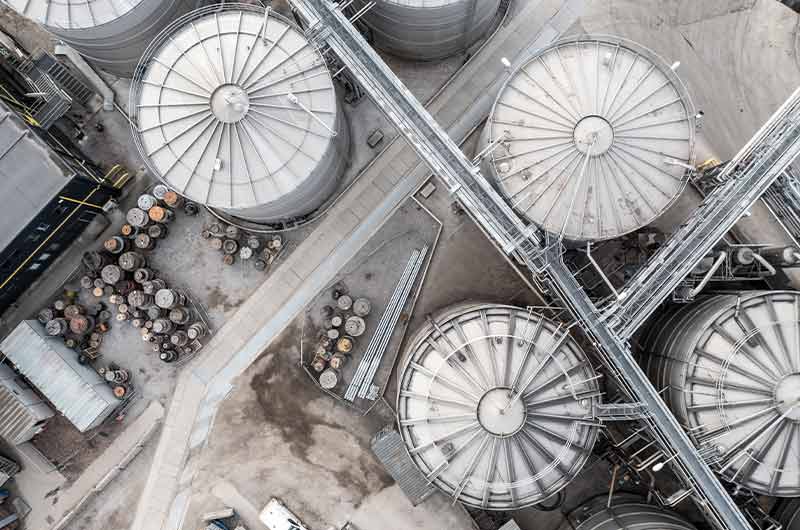Corrosivity classification C4
The C4 classification system is part of the ISO 12944 standard, which offers comprehensive guidelines for assessing the corrosion protection needs of steel structures exposed to diverse atmospheric conditions. Like other classifications in this standard, C4 designates a specific level of corrosivity encountered by steel structures in their operating environments.

C4 is defined as a high atmospheric corrosivity class where steel structures face severe industrial or urban conditions. These conditions typically include high humidity levels and high concentrations of airborne pollutants, which accelerate corrosion if adequate protective measures are not in place.

Examples of C4 environments include chemical plants, coastal areas with salt-laden air, swimming pools, and coastal areas with heavy road salting in winter. Outdoor environments in this category include areas with high air pollution levels, such as industrial areas with significant airborne pollutants.

Materials in C4 settings necessitate robust protective measures to prevent corrosion and uphold structural integrity. Mitigating corrosion risks in C4 environments often involves selecting materials with superior corrosion resistance properties or applying specialized protective coatings. Recommended surface treatments are hot dip galvanized, zinc/nickel and 304L stainless steel. Regular inspections and proactive maintenance are essential to detect early signs of corrosion and address them promptly.